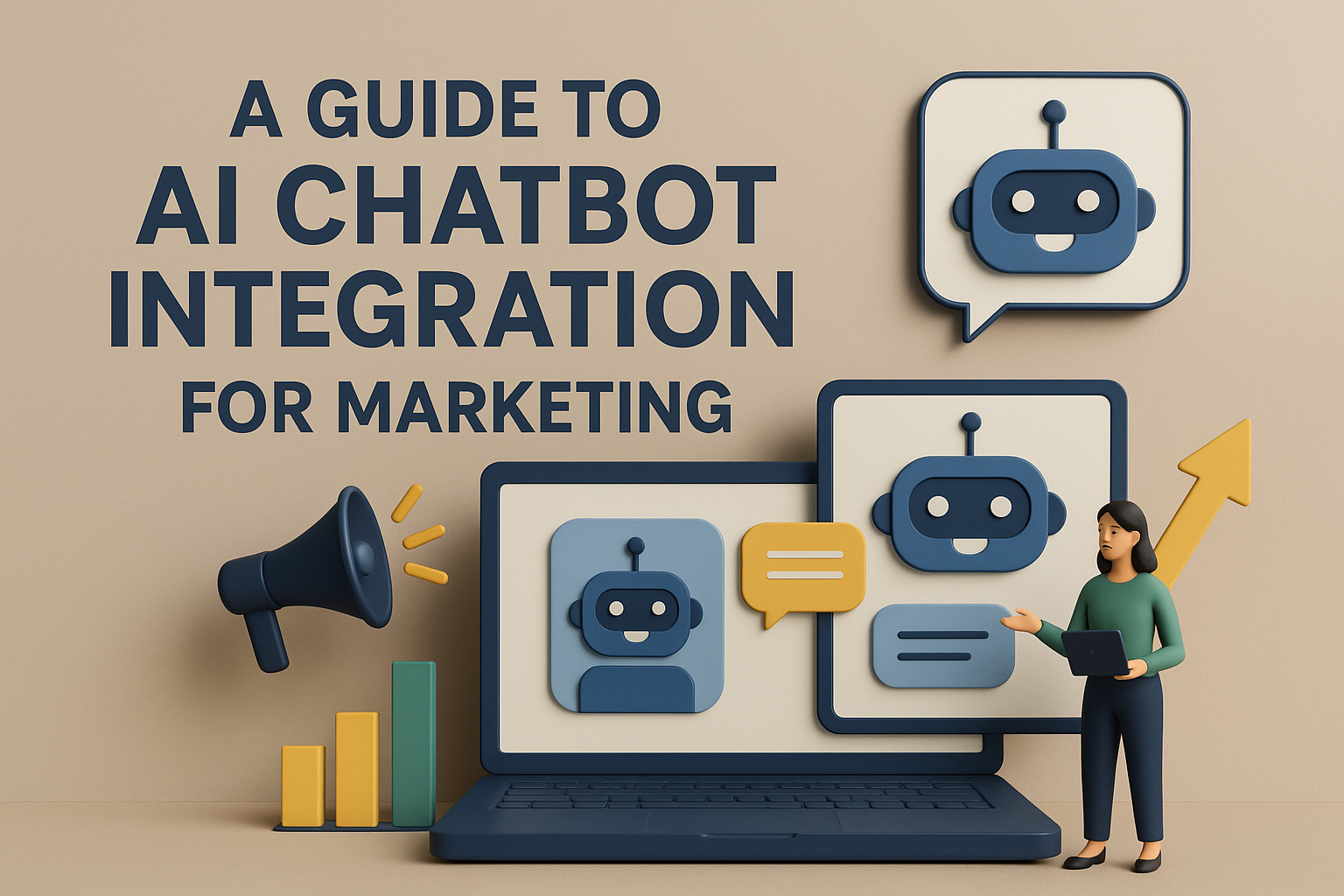Of course, SEO aims to increase website traffic.
We’ve all been conditioned to measure success by metrics like click-through rate (CTR) and organic traffic. But a new phenomenon has emerged that is forcing digital marketers to rethink their entire strategy: the zero-click search.
So, what exactly is a zero-click search, and what is zero-click SEO?
A zero-click search refers to a search engine result that satisfies your query, a user’s query, directly on that search engine results page, the SERP, as we call it.
Examples include featured snippets or the People Also Ask section.
By doing that, the searcher doesn’t need to click through to a website to find the information they’re seeking. They get the information right on the search results page, and thereby, we call it a zero-click search because there’s no clicking going on. You asked Google for something, and they’ve responded with information that you find valuable enough not to need to click through.
This can often happen with queries that can be answered with brief facts, with definitions, local business information, or other types of public data.
The rise of these zero-click searches over the last several years really emphasises the importance of optimising for these SERP features like featured snippets, local packs, and knowledge panels to help maintain your visibility in the search engines, even if people aren’t coming to your website.
Some Common Examples of Zero-Click Search

1. Featured Snippets (Position Zero)
- Search Query: “What is a heart surgery?”
- Result: A box at the very top of the SERP (above all other results) appears with a concise paragraph definition of a heart surgery, often with a link to the source website. The user gets the definition they need instantly.
2. Direct Answers / Instant Answers
- Search Query: “time in USA”
- Result: The current time in the USA is displayed in large, bold text at the top of the SERP. There is no need to click on a website to find this information.
3. Knowledge Panels
- Search Query: “Taylor Swift”
- Result: A large panel on the right side of the SERP (on desktop) appears with a biography, a picture, her birth date, and other key facts. The information is pulled from Google’s Knowledge Graph and other reliable sources like Wikipedia.
4. People Also Ask (PAA) Boxes
- Search Query: “how to bake a cake”
- Result: Below the first few results, a section with expandable questions like “How do I make a cake from scratch?” or “What are the basic ingredients for a cake?” appears. Users can click to expand the questions and see a short answer without leaving the SERP. This can lead to a chain of zero-click searches as they continue to explore related topics.
5. Local Packs
- Search Query: “pizza places near me”
- Result: A map appears at the top of the SERP showing a list of nearby pizzerias, along with their ratings, addresses, and phone numbers. A user can get all the necessary information to decide without clicking on any of the business websites.
The Challenge and the Opportunity
The advent of zero-click searches may feel like a death knell for SEO. If people are not clicking, how can you define success or capture any leads? It’s a real challenge, but it also entails an enormous opportunity for those who reinvent.
Rather than pursuing organic traffic for organic traffic’s sake, zero-click SEO looks at the two new key metrics that matter: visibility and authority.
Even if no one clicks into your website, your content can feature in a snippet or AI Overview, keeping your website front and centre.
This perfect position creates brand awareness and positions your company as an expert in its industry. A user who will constantly see your brand on the most reliable ports for fast solutions will always think of you when they need to address a more complex issue.
How to Win at Zero-Click SEO
So, what exactly does a good zero-click SEO approach consist of?
It’s about structuring your content around not just traditional rankings but the new search landscape.
Optimise for Featured Snippets:
Structure, Structure, Structure:
You need to use crystal-clear question headlines (H2s and H3s) such as “What is zero-click SEO?” or “How can I optimise for that?”.
Offer a Quick and Simple Answer:
Right below your question, let there be a brief answer (about 40 to 60 words) that Google can easily pull out.
Use Lists and Tables:
When you are creating a “how-to” piece or doing comparisons, use numbered/bulleted lists and tables. It’s no secret that Google likes to pull these formats into snippets.
Use Schema Markup:
Utilise structured data such as FAQ, HowTo, and Article schema to help Google interpret your content for what it is and classify it so that you have a better chance of appearing.
E-E-A-T (Experience, Expertise, Authoritativeness, and Trustworthiness):
Want to make sure your money or your life content ranks for YMYL queries?
The main ranking system of Google considers content that comes from reliable and authentic sources.
Make sure your content is created by an expert in that field, and they make their credentials apparent.
Use references to your original research or data, and link back to credible sources to back up your expertise.
Build Content for the Conversational and Long-Tail Queries:
Fueled by the popularity of voice and AI search, people are asking questions more conversationally.
Diversify Your Content Beyond Text:
Zero-click results aren’t just text. Google also showcases videos, images, and maps in the results.
Produce videos for YouTube, title them, and transcribe. Google loves to feature video snippets directly in its SERP.
Local businesses want to ensure their Google Business Profile is complete with correct hours, photos, and reviews so they show up in local packs.
Rethink Your Metrics:
It’s not just about clicks anymore. On top of CTR, new KPIs should also be monitored.
Impressions:
Keep track of where your content shows up in search results. Even if you don’t get more clicks, a bump in impressions means increased brand recognition.
Branded Searches:
If your zero-click efforts are effectively building brand, you will find that there is a rise in direct searching for the name of your brand.
Over to You…
Zero-click searches are not a monster to be afraid of, but an angel to be welcomed with open arms. It is about becoming the most useful and trusted source of information on the internet.
What do you think? Let us know by commenting below!


